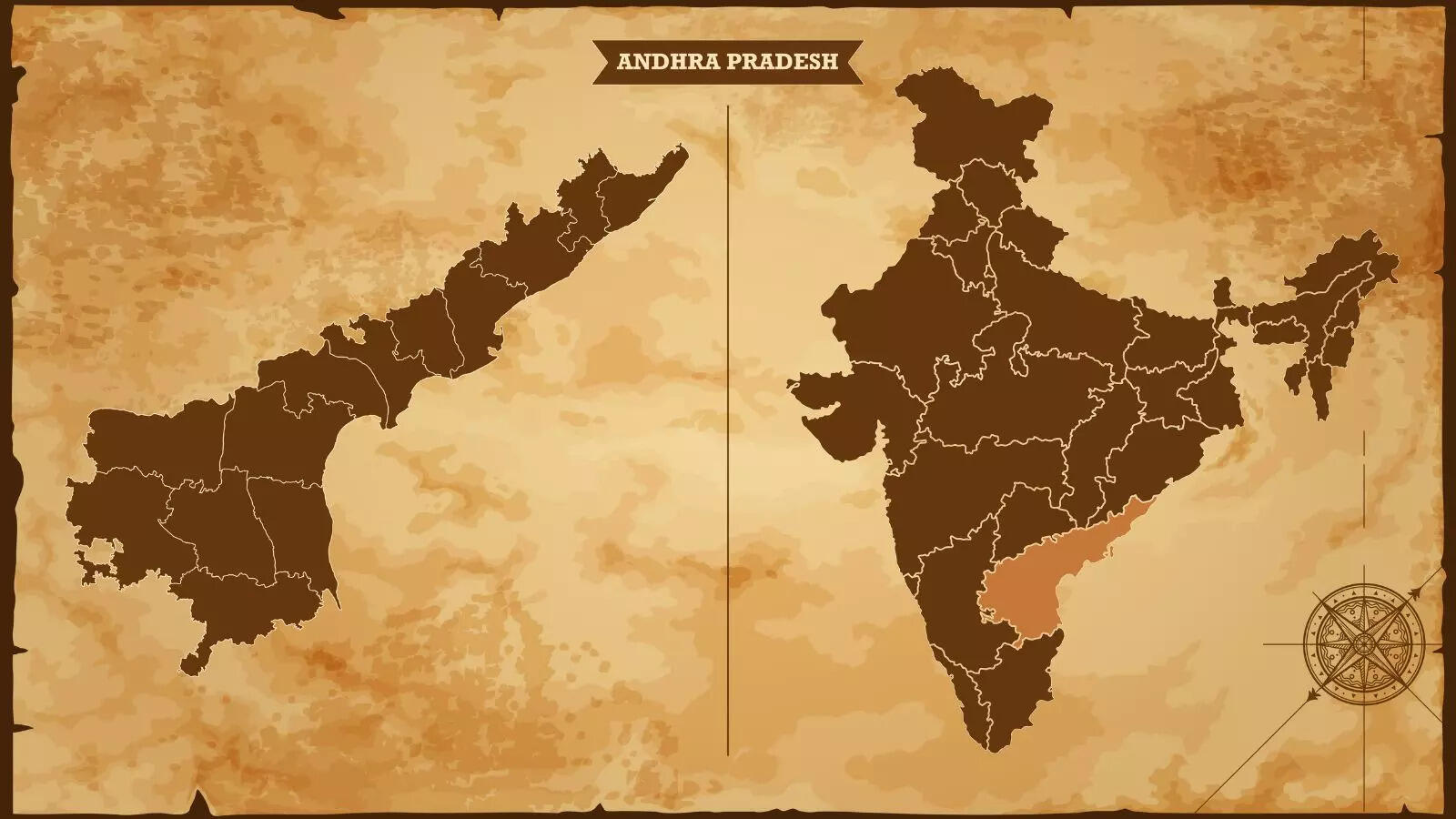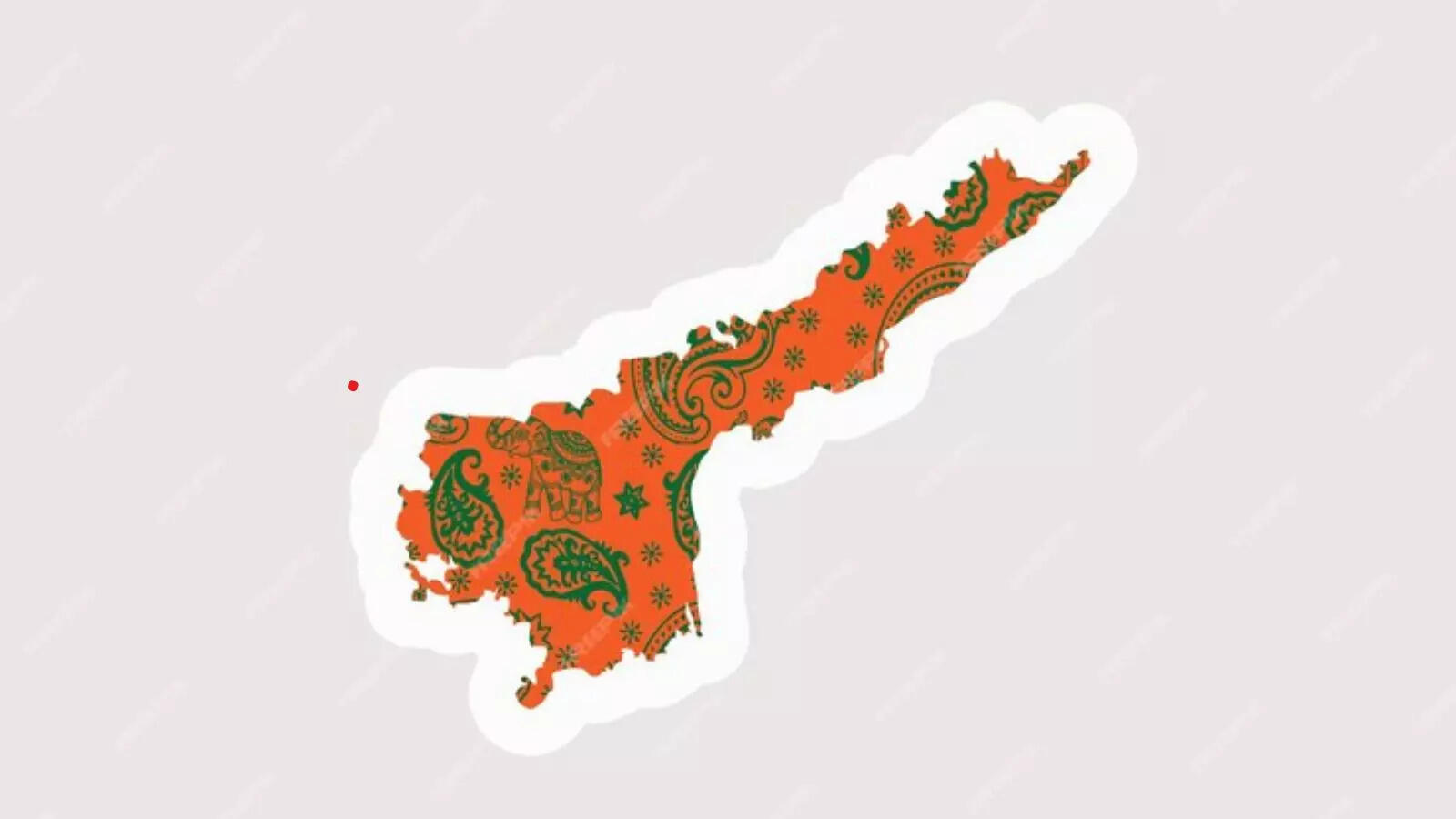October 1, 1953: The Day Andhra Pradesh Was Carved Out Of Madras Presidency
On October 1, 1953, a significant chapter in India's history unfolded when the Telugu-speaking areas of the Madras Presidency were carved out to form a new state called Andhra State. This marked the creation of the first linguistic state in India, a move that set the precedent for future state reorganizations based on language.

However, the story of Andhra Pradesh 's formation didn't end there. On November 1, 1956, under the State Reorganization Act of 1956, the Telangana region, which had previously been part of the Hyderabad State under the Nizam, was merged with Andhra State. This merger created the unified state of Andhra Pradesh, combining the regions of Coastal Andhra , Rayalaseema, and Telangana into one political entity.
The Madras Presidency: A Vast Cosmopolitan Province
Before its partition, the Madras Presidency was a large and diverse province under British rule, with Madras (now Chennai) as its capital. It encompassed several modern Indian states, including Andhra Pradesh, Tamil Nadu, Karnataka, Kerala, and parts of Odisha. The official language of the Madras Presidency was English, not Tamil, and the administrative structure of the presidency was cosmopolitan, housing multiple linguistic and cultural communities.
It's important to note that the formation of Andhra State in 1953 didn't result in the separation of Andhra from Tamil Nadu, as Tamil Nadu as a separate political entity didn't exist at the time. Both regions were part of the larger Madras Presidency. Tamil Nadu itself continued to be known as Madras State until it officially adopted its current name later on.
The Formation of Andhra State and Andhra Pradesh

The creation of Andhra State in 1953 included the regions of Coastal Andhra and Rayalaseema, but it did not include Telangana, which remained part of the Hyderabad State until the reorganization of 1956. The demand for a separate Andhra state was fueled by the linguistic and cultural identity of Telugu speakers, and the formation of Andhra State was a major step toward recognizing linguistic states in India.
With the addition of Telangana in 1956, the newly formed Andhra Pradesh became a large and diverse state. While Coastal Andhra and Rayalaseema had been part of the Madras Presidency, Telangana had a different historical background, having been part of the Nizam's Hyderabad State. The official language of Telangana under Nizam rule was Urdu, and it had never been part of the Madras Presidency.
Bifurcation in 2014: The Creation of Telangana and Modern Andhra Pradesh

The story of Andhra Pradesh took another turn in 2014 when the state was bifurcated, and Telangana was once again carved out as a separate state. This left the new Andhra Pradesh with the territories of Coastal Andhra and Rayalaseema, essentially restoring the geographical boundaries of the original Andhra State of 1953.
Today, the state of Andhra Pradesh and Telangana exist as two distinct entities, each with its unique historical, cultural, and political identity.
The formation of Andhra Pradesh, from its separation from the Madras Presidency in 1953 to its merger with Telangana in 1956 and its bifurcation in 2014, is a fascinating story of political evolution. It reflects India's rich linguistic diversity and the country's approach to state reorganization, which has shaped the political landscape of modern India.


However, the story of Andhra Pradesh 's formation didn't end there. On November 1, 1956, under the State Reorganization Act of 1956, the Telangana region, which had previously been part of the Hyderabad State under the Nizam, was merged with Andhra State. This merger created the unified state of Andhra Pradesh, combining the regions of Coastal Andhra , Rayalaseema, and Telangana into one political entity.
The Madras Presidency: A Vast Cosmopolitan Province
Before its partition, the Madras Presidency was a large and diverse province under British rule, with Madras (now Chennai) as its capital. It encompassed several modern Indian states, including Andhra Pradesh, Tamil Nadu, Karnataka, Kerala, and parts of Odisha. The official language of the Madras Presidency was English, not Tamil, and the administrative structure of the presidency was cosmopolitan, housing multiple linguistic and cultural communities.
It's important to note that the formation of Andhra State in 1953 didn't result in the separation of Andhra from Tamil Nadu, as Tamil Nadu as a separate political entity didn't exist at the time. Both regions were part of the larger Madras Presidency. Tamil Nadu itself continued to be known as Madras State until it officially adopted its current name later on.
The Formation of Andhra State and Andhra Pradesh

The creation of Andhra State in 1953 included the regions of Coastal Andhra and Rayalaseema, but it did not include Telangana, which remained part of the Hyderabad State until the reorganization of 1956. The demand for a separate Andhra state was fueled by the linguistic and cultural identity of Telugu speakers, and the formation of Andhra State was a major step toward recognizing linguistic states in India.
With the addition of Telangana in 1956, the newly formed Andhra Pradesh became a large and diverse state. While Coastal Andhra and Rayalaseema had been part of the Madras Presidency, Telangana had a different historical background, having been part of the Nizam's Hyderabad State. The official language of Telangana under Nizam rule was Urdu, and it had never been part of the Madras Presidency.
Bifurcation in 2014: The Creation of Telangana and Modern Andhra Pradesh

The story of Andhra Pradesh took another turn in 2014 when the state was bifurcated, and Telangana was once again carved out as a separate state. This left the new Andhra Pradesh with the territories of Coastal Andhra and Rayalaseema, essentially restoring the geographical boundaries of the original Andhra State of 1953.
Today, the state of Andhra Pradesh and Telangana exist as two distinct entities, each with its unique historical, cultural, and political identity.
The formation of Andhra Pradesh, from its separation from the Madras Presidency in 1953 to its merger with Telangana in 1956 and its bifurcation in 2014, is a fascinating story of political evolution. It reflects India's rich linguistic diversity and the country's approach to state reorganization, which has shaped the political landscape of modern India.
Next Story